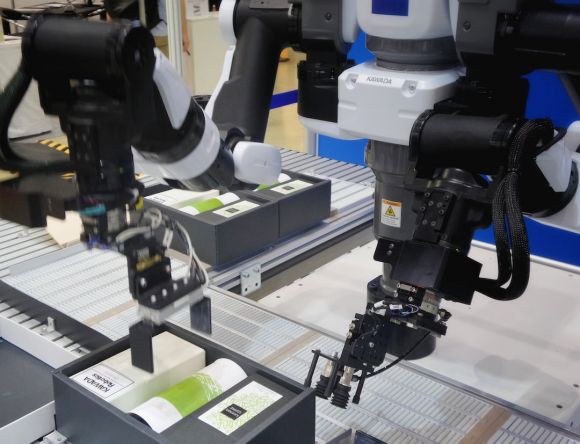In recent years, the automation of tasks in the workplace has become increasingly prevalent. From manufacturing to customer service, robots are being employed to perform tasks that were once done exclusively by humans. This has led to concerns about the impact of robots on job security and employment rates. In this article, we will explore the role of robots in the workplace and discuss whether they are truly taking over our jobs.
The Rise of Robotics in the Workplace
Advancements in technology have paved the way for the integration of robots into various industries. With their ability to perform tasks with precision and efficiency, robots have become a valuable asset for businesses looking to streamline operations and reduce costs. From assembly lines to warehouses, robots are now a common sight in many workplaces.
Increased Efficiency and Productivity
One of the main advantages of using robots in the workplace is their ability to increase efficiency and productivity. Robots can work tirelessly without the need for breaks or rest, leading to faster production cycles and higher output. They can also perform repetitive tasks with consistent accuracy, eliminating the risk of human error. This allows businesses to meet consumer demands more effectively and compete in a global market.
Job Displacement and the Fear of Unemployment
While robots offer many benefits, there is a growing concern that they will replace human workers, leading to unemployment. This fear is not unfounded, as some jobs have already been automated, resulting in job losses. However, it is important to note that the rise of robots also creates new job opportunities in fields such as robotics engineering and maintenance.
The Role of Humans in an Automated Workplace
Despite the advancements in robotics, humans still play a crucial role in the workplace. While robots excel at performing repetitive tasks, they lack the cognitive abilities and emotional intelligence that humans possess. Jobs that require creativity, problem-solving, and interpersonal skills are unlikely to be fully automated. In fact, the integration of robots often allows humans to focus on more complex and meaningful tasks, enhancing job satisfaction and personal growth.
Collaboration between Humans and Robots
Rather than viewing robots as a threat, we should embrace the idea of collaboration between humans and robots. By working together, humans and robots can complement each other’s strengths and weaknesses, leading to greater efficiency and innovation. For example, in healthcare settings, robots can assist doctors in performing surgeries, allowing for more precise procedures. In customer service, robots can handle routine inquiries, freeing up human employees to provide personalized assistance.
Adapting to a Changing Workforce
As technology continues to advance, the workforce will inevitably change. To thrive in this new era, it is essential for individuals to adapt and acquire new skills that are in demand. This may involve learning how to work alongside robots or acquiring knowledge in fields related to robotics and automation. Governments and educational institutions also play a crucial role in preparing the workforce for the future by providing training and support in these areas.
Embracing the Future
While the integration of robots in the workplace may lead to some job displacement, it also presents new opportunities for innovation and growth. By embracing the possibilities offered by automation, businesses can become more competitive and efficient. Likewise, individuals can adapt and find new roles in this changing landscape. Rather than fearing the rise of robots, we should focus on harnessing their potential to create a better future for all.
